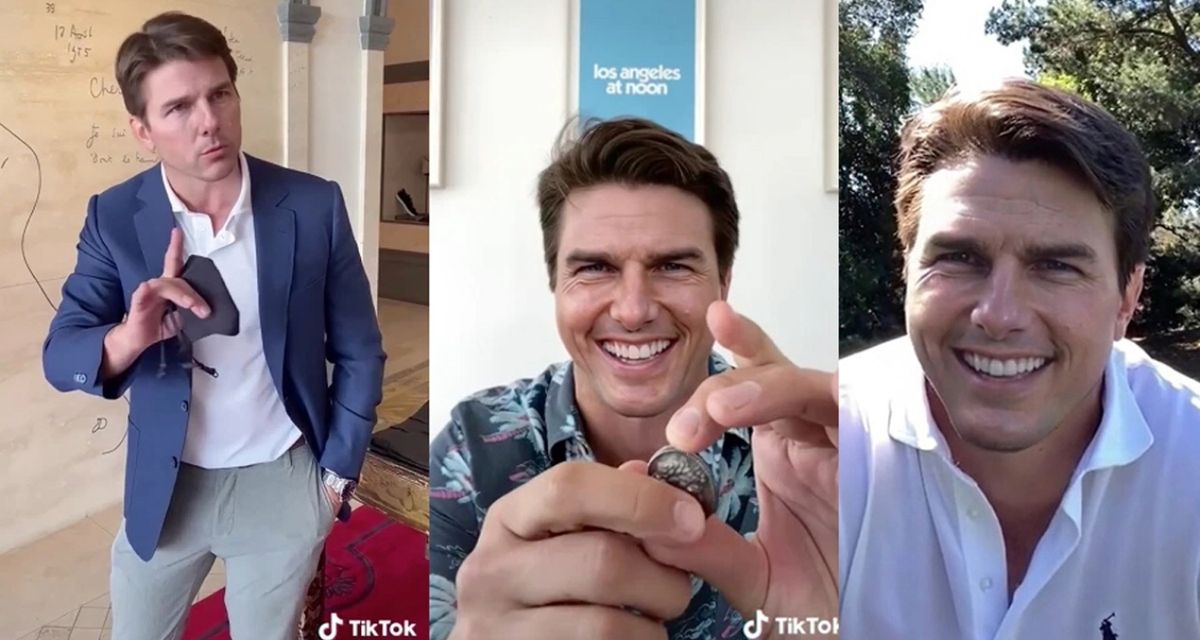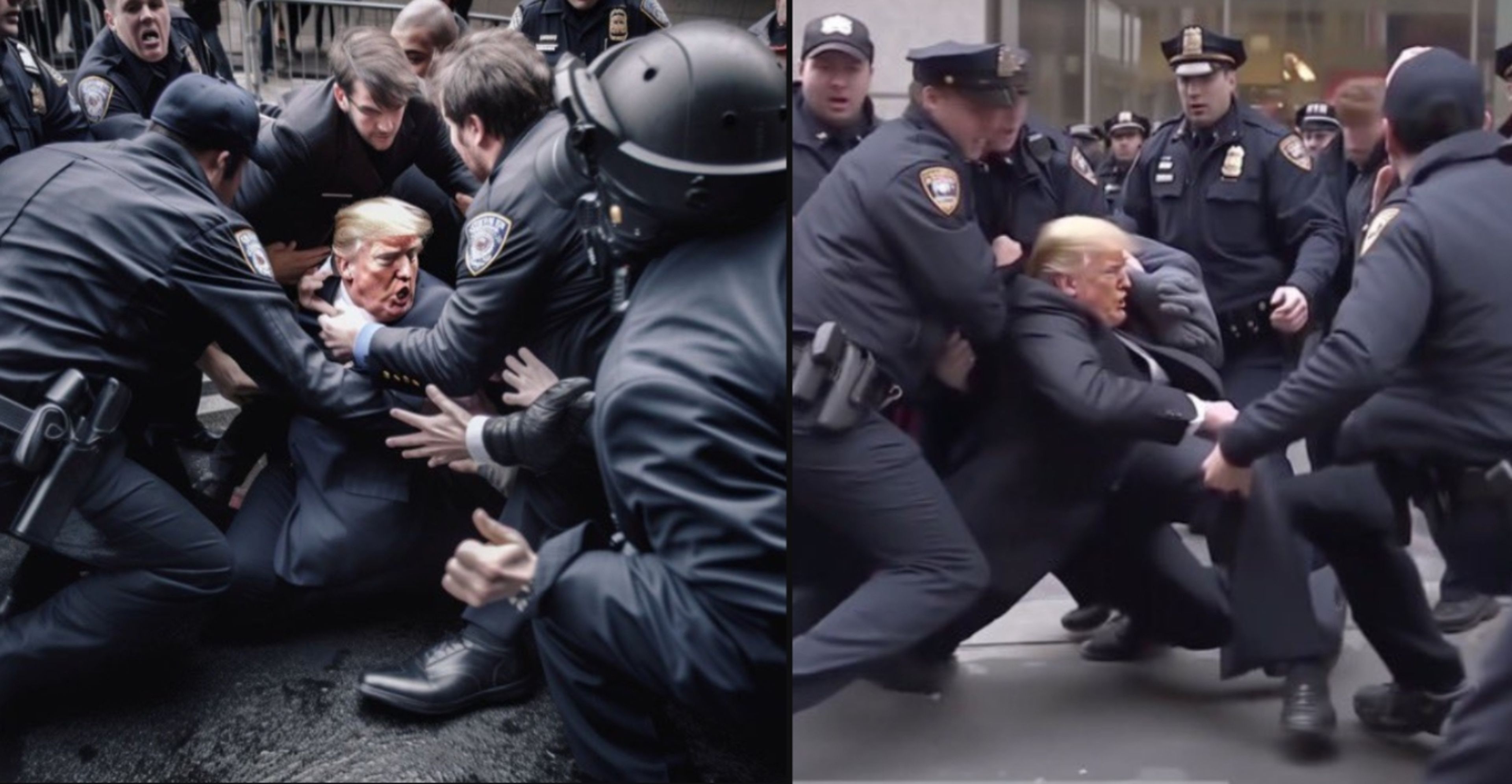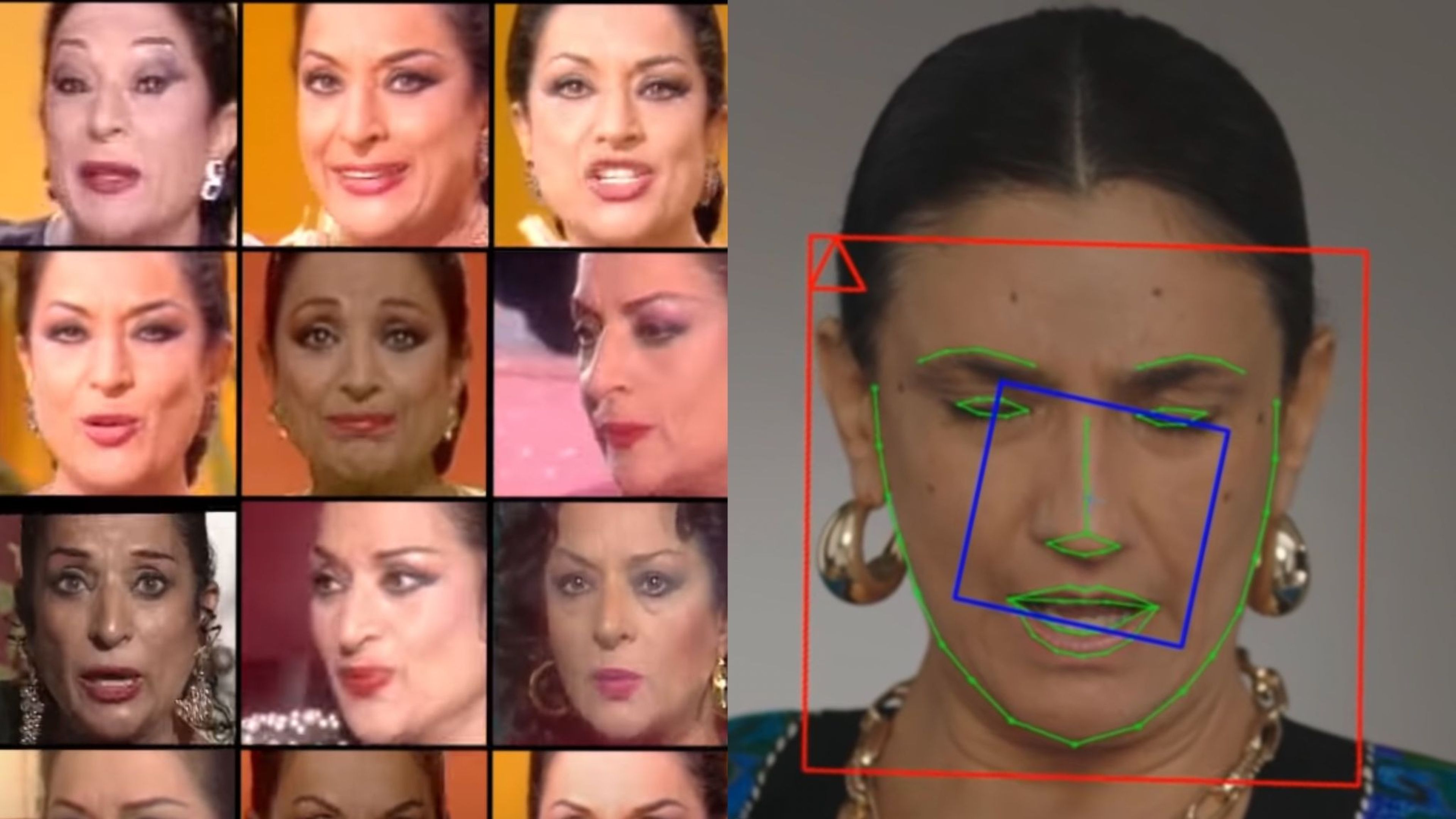5 tricks to identify images and videos generated by artificial intelligence

While the warning not to believe in everything you see on the internet has been shared by everyone, the problem has now become bigger with the arrival of artificial intelligence and, specifically, all those videos and images that never stop circulating. through totally manipulated social networks, known as deepfakes.
The problem is when some decide to use it maliciously and this is where its great danger lies. These AI-generated images can be used to spread misinformation, deceive advertising campaigns or even in criminal activities.
From ultra-realistic images of celebrities to videos or even songs that leave everyone unsure if they are true or not, the deepfakes They are driving everyone crazy. Taking into account that no, this is not going to stop—in fact, it is becoming easier to do so—, What you have to do is learn to identify these fake videos or images on your own..
At the moment there are some key points to pay attention to. It is true that many are clearly created with AI, but there are others that the truth is that you need an almost expert eye to identify them as deepfake or real.
This is how you can identify a fake video or image created with artificial intelligence
The shape of the face and care with the ears or fingers
The first clue to see if it is a deepfake It is found in the shape of the face and, specifically, the ears. Facial asymmetry, difficult to perfectly imitate using artificial intelligence, can be a key indicator of manipulation.
In an interview on the Corridor Crew YouTube channel, AI artist Chris Ume explains that face shape always reveals clues, and Paying attention to the ears and fingers, in particular, can be just the point of discord.
For example, comparing with authentic images can be an effective strategy to identify any flaws in these facial features, which deepfakes They often find it difficult to imitate.
Pay attention to expressions and gestures
If the shape of the face doesn’t give you clues, a key to identify deepfakes focuses on expressions and gestures, known as “soft biometrics”. By seeing the presence of a person’s particular gestures, especially if the video is of a celebrity or public figure, errors can be detected.
Professor Hany Farid, an expert in forensic photography at the University of California, Berkeley, highlights the importance of these unique signs that deepfakes They often find it difficult to replicate accurately.

Eye alignment
You can also look at the alignment of the eyes. The deepfakes They often have problems with eye timing, and pausing the video several times to check if the eyes are looking in the same direction can be key, as well as doing zoom in the pictures.
AI artist Chris Ume notes that these issues are most evident in still frames, where sometimes this allows you to quickly see that it is a fake image or video.

Cruzcampo
Visual errors
Despite its convincing appearance at certain angles, These often reveal visual failures when the person turns to the side.
Full Fact, an independent fact-checking organization in the United Kingdom, highlights the importance of slowing down the video to detect possible points where the technology fails to perfectly match the AI-generated face in the real part of the video.
Correct voice and video synchronization
The last key sign to identify deepfakes focuses on proper synchronization between voice and video, specifically in the way the mouth adopts specific shapes when pronouncing different sounds.
By analyzing the shape of the mouth in relation to the audio, which you can easily see by, for example, slowing down the video, you can detect potential glitches that indicate digital manipulation.
Apart from these visual tricks, It is important that you search for the image on different websites and platforms to see if it appears in other contexts..
“We can quickly turn to Google to get more information about what we are seeing. Although it is true that there are subtle signs that we can observe in an image, it is essential to exercise our critical thinking and investigate further,” adds an expert interviewed by Computer Today in another related article.



